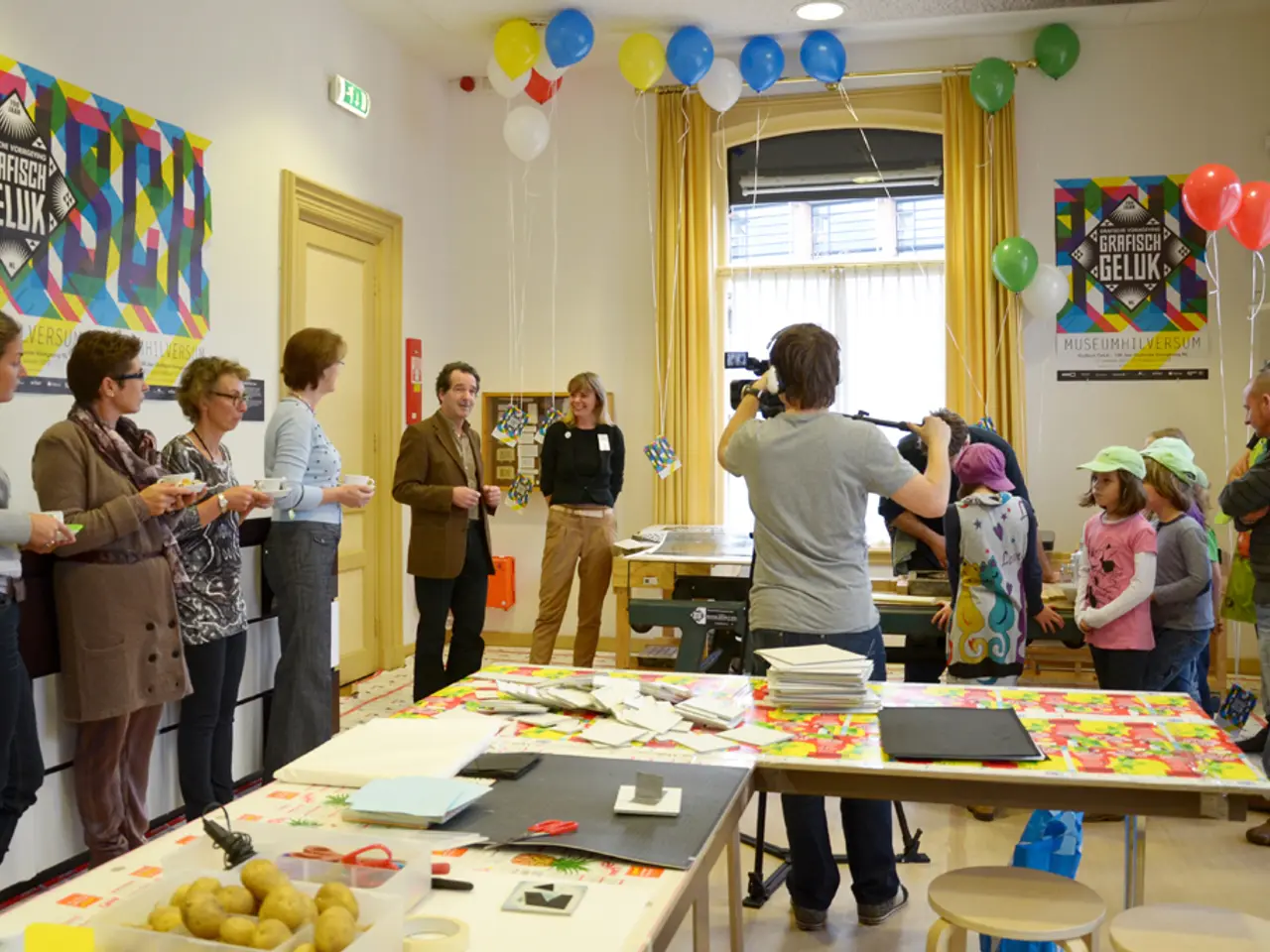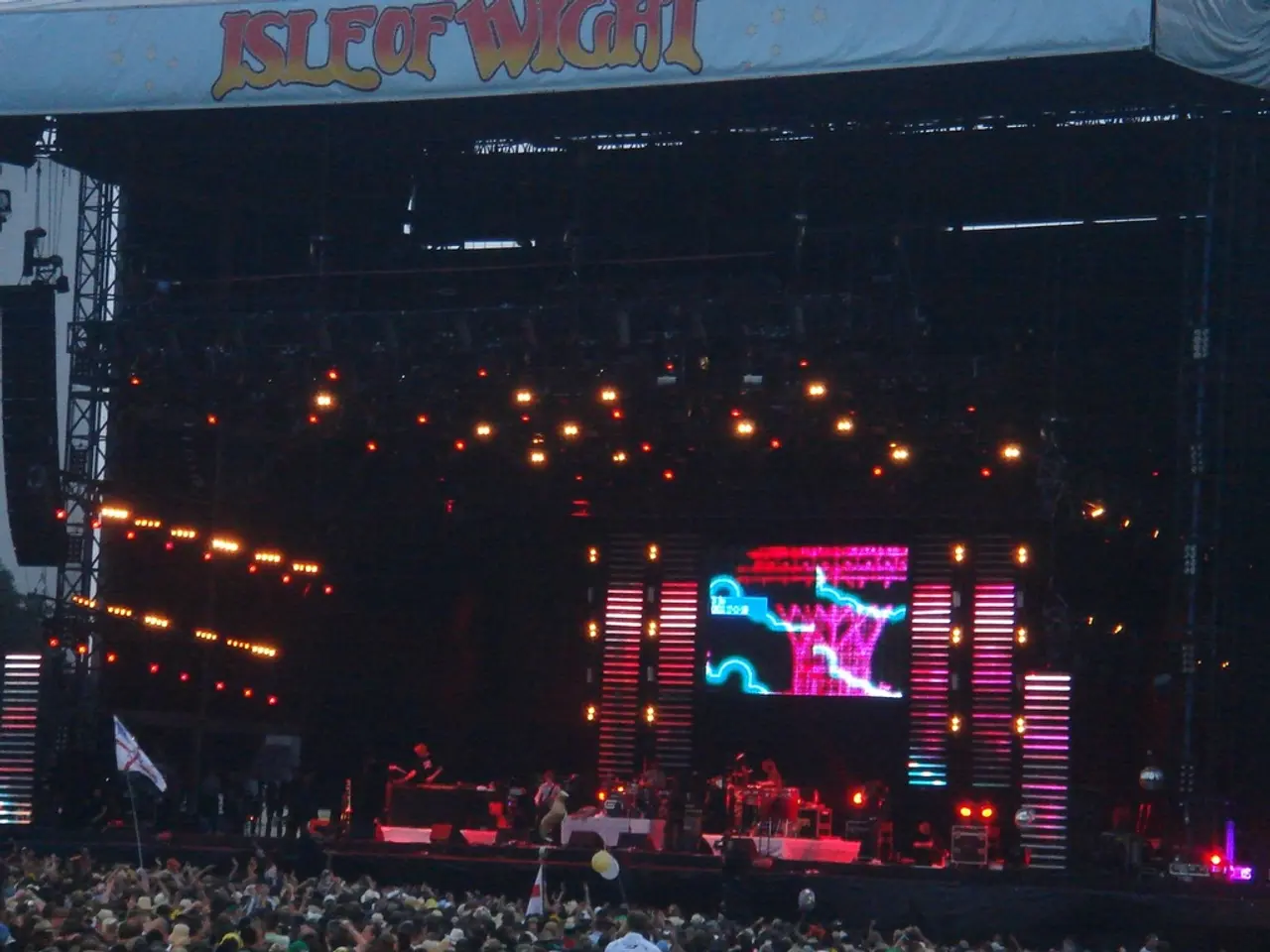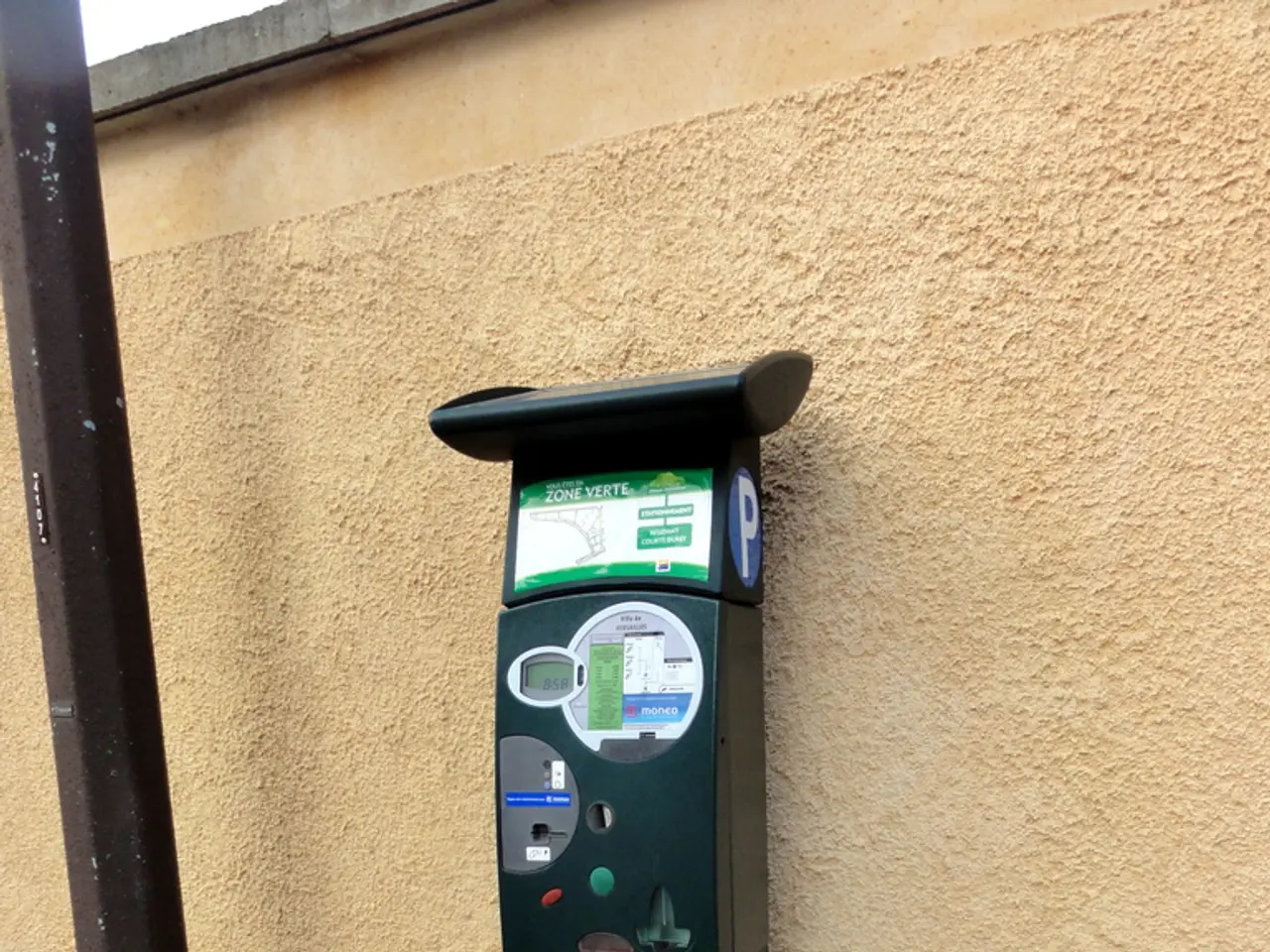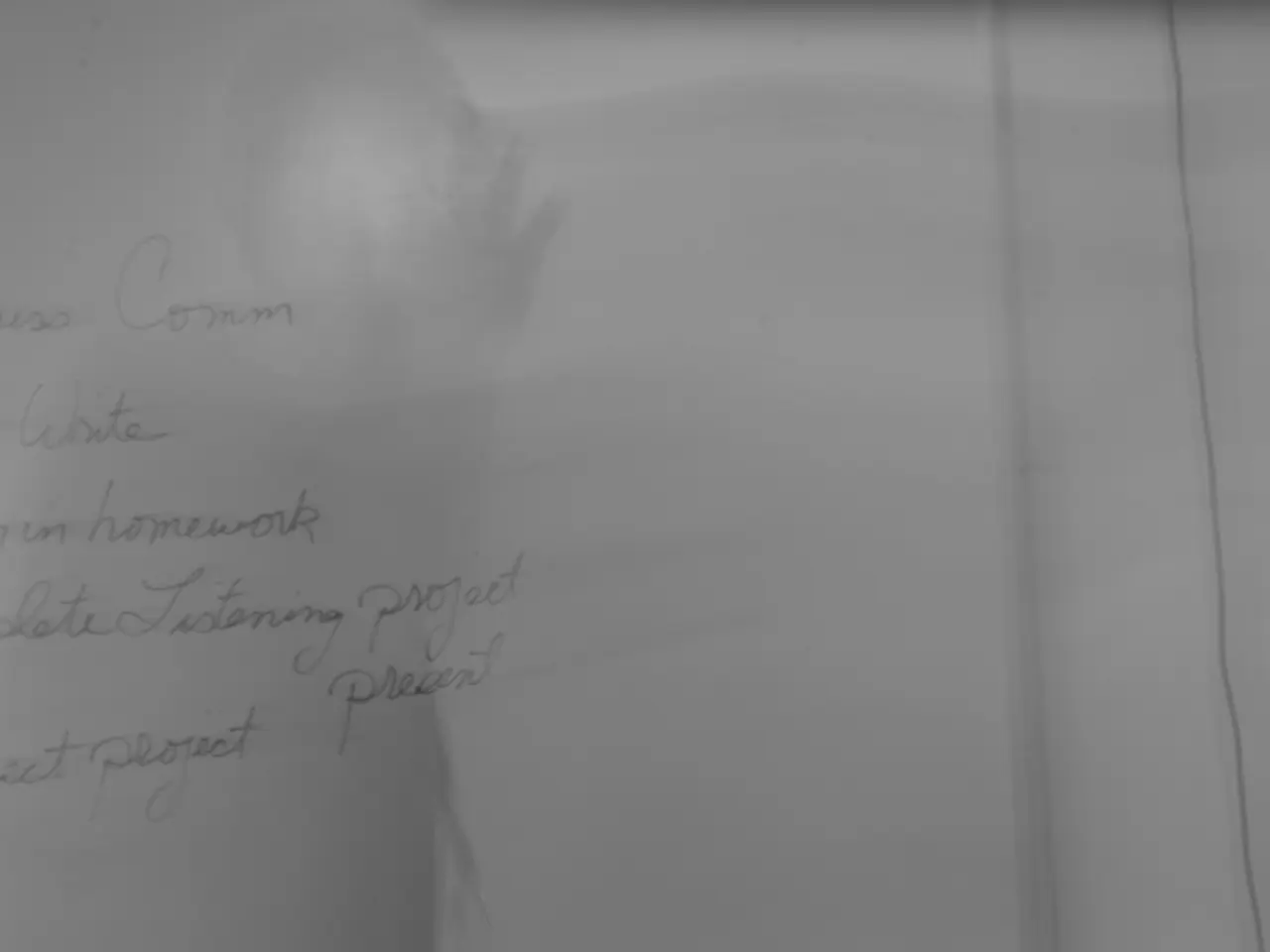Exploring Dynamic Patterns of Intensity in Electronic Dance Music
In the world of Electronic Dance Music (EDM), creating memorable drops is an art form that requires a blend of sound design, automation, and arrangement techniques. These methods guide listeners through dynamic shifts and emotional highs, eliciting a strong physical response.
Sound Design
Producers use chopped vocal snippets, reversed samples, stutter effects, and layered synths to add texture and unpredictability, heightening tension. Harmonically rich chord progressions and atmospheric pads or punchy synth stabs evolve through modulation of synth parameters such as filters and ADSR envelopes.
Automation
Dynamic automation of volume, panning, filters, effect sends, and plugin parameters creates movement and a sense of realism. Gradually opening a filter cutoff or increasing reverb tail can build anticipation toward a drop. Automation also includes pitch-shifting to enhance tension just before a drop.
Arrangement
Tracks typically follow structures that maximize emotional impact, such as alternating breakdown (less rhythmic, atmospheric) and buildup sections that gradually reintroduce rhythmic elements to increase energy, culminating in an intense drop or climax. Strategic removal or reintroduction of drum elements during buildups plays a big role in shaping tension and release.
Spatial Effects and Advanced Mixing Techniques
Spatial effects like delay and reverb layered with automation enhance the sense of movement and space, making drops feel more impactful. Advanced mixing techniques such as saturation and distortion add warmth and character, helping drops cut through the mix.
Genre-Specific Techniques
Progressive house is known for its long, evolving arrangements with layered synths, filtered percussion, and dynamic chord shifts. In Future Bass and Melodic EDM, tension builds with lush chords, vocal chops, and detailed sound design. Dubstep or trap-influenced bass music builds tension through heavy sound design, complex drum patterns, and glitch effects. In trance music, tension is created through rising synth layers, long risers, and evolving chord progressions. Tech house often builds tension through subtle changes in rhythm and groove rather than dramatic build-ups.
Key Elements of Tension and Release
Filter sweeps, automation, rising pitch, white noise, increasing drum density, rhythmic variation, vocal chops, and FX are core elements used to build tension in EDM. Contrast between build-up and drop enhances the impact of the release.
Crafting the Perfect Build-Up
A well-crafted build-up is short but powerful, using a combination of rhythm, automation, and arrangement to heighten anticipation. It should lock the listener into a groove with a grounded and intentional rhythm. Introduce one or two standout sounds or motifs in the drop to keep it fresh.
The Drop: The Payoff
The drop is the payoff to the build-up, delivering the anticipated impact and defining the identity of the track. To make the drop feel larger than life, use spatial effects like stereo widening, reverb bursts, or delay trails. Understanding the purpose of tension and release gives producers greater control over how their music affects their audience.
In a live setting, the build-up to a drop creates anticipation and movement, helping DJs control the flow of a set and keeping dancers engaged. In summary, EDM tension and drops are crafted by carefully designing evolving sound textures, applying precise automation to create movement and emotional build, and arranging sections that dynamically shift energy levels to maximize impact and memorability.
Music elements such as harmonically rich chord progressions and atmospheric pads, when combined with dynamic automation of volume, panning, filters, and effects, create an unpredictable and tension-filled build-up in Electronic Dance Music (EDM). The drop, a result of this build-up, often features the use of spatial effects like stereo widening, reverb bursts, or delay trails, adding the final layer of entertainment to the music, reflecting the art form's aim to elicit a strong physical response from the audience.







